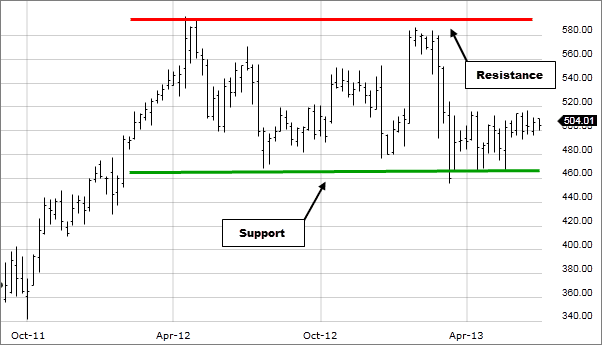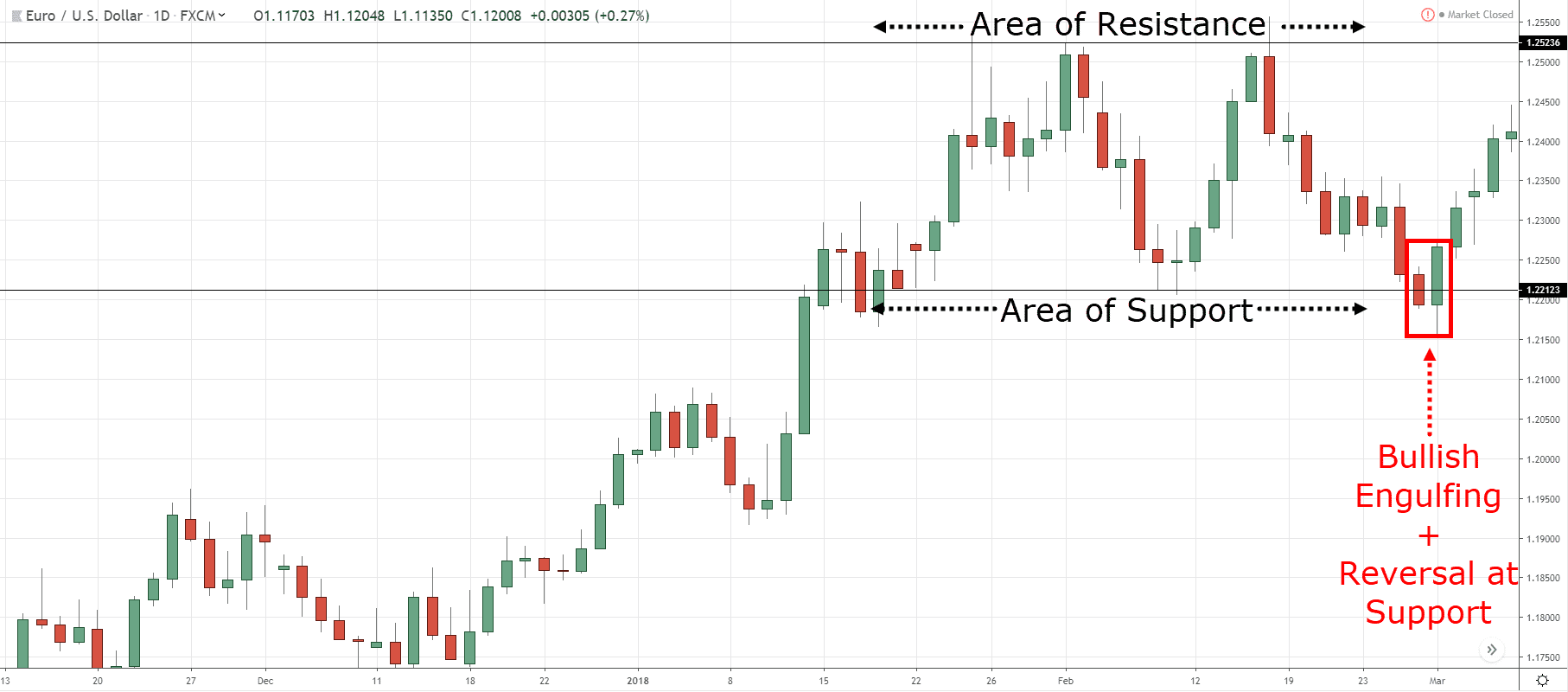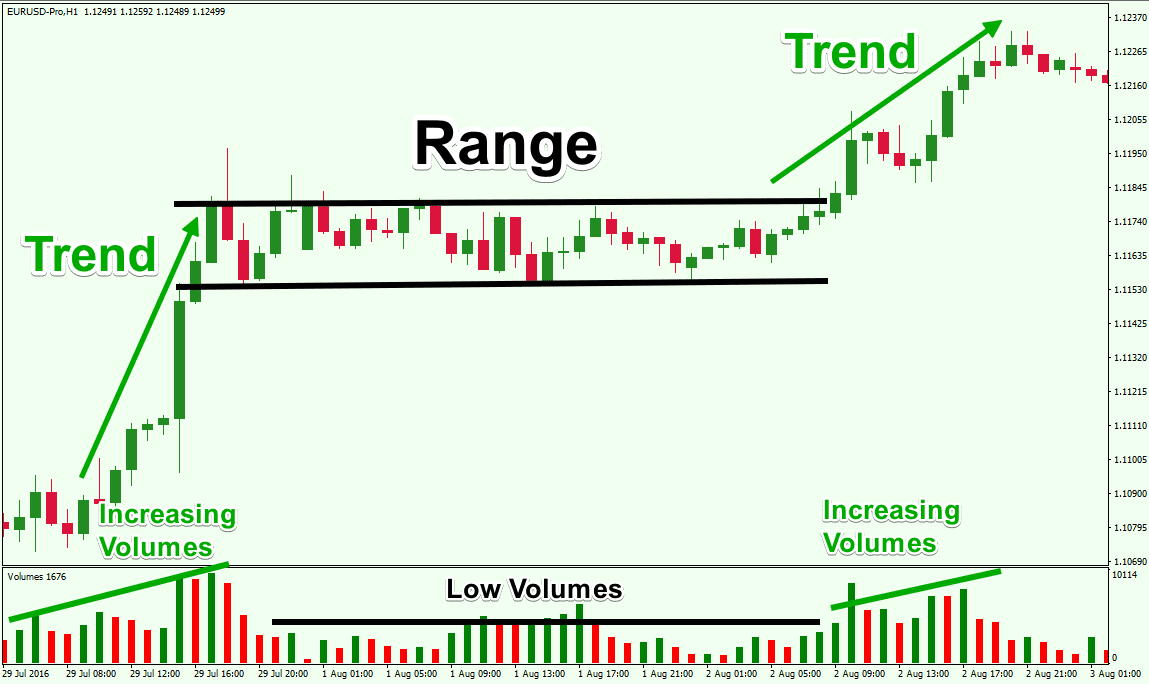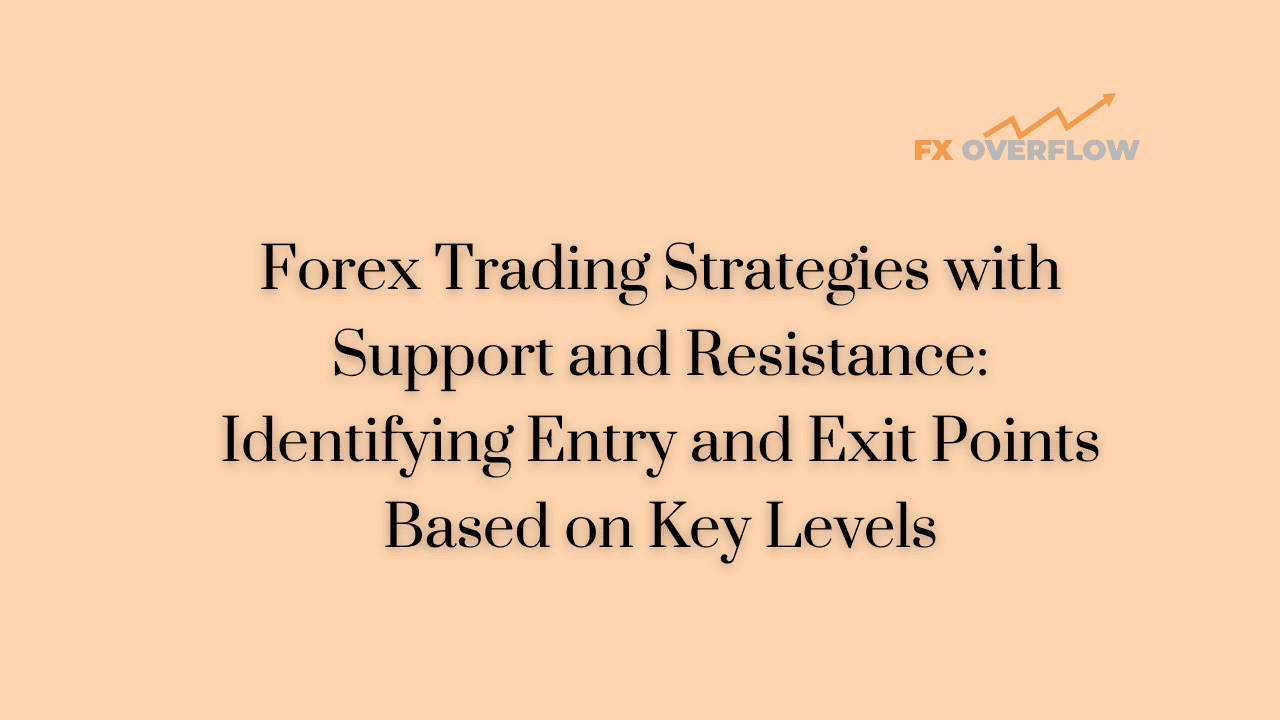Forex Trading Strategies with Support and Resistance: Identifying Entry and Exit Points Based on Key Levels
Forex trading, also known as foreign exchange trading, is the decentralized market for buying, selling, and exchanging currencies. It is one of the largest and most liquid financial markets globally, with a daily trading volume of over $6 trillion. For traders to be successful in the forex market, they need effective strategies that help them make informed decisions, and one such strategy involves using support and resistance levels to identify potential entry and exit points. In this article, we will explore various forex trading strategies that revolve around support and resistance levels, allowing traders to navigate the market with confidence.

Table content
1. Understanding Support and Resistance
2. Forex Trading Strategies with Support and Resistance
3. Footnote
4. FAQs
Understanding Support and Resistance
A: What are Support and Resistance Levels?
Support and resistance levels are significant price levels on a forex chart where the price tends to pause, reverse, or show hesitation in its movement. Support refers to a price level at which a downtrend can be expected to pause due to a concentration of demand, while resistance is a price level where an uptrend may pause due to an abundance of supply.
B: Importance of Support and Resistance Levels
Support and resistance levels are crucial for traders as they provide valuable insights into the market sentiment. These levels can act as guidelines for traders to make informed decisions about entering or exiting trades. By identifying key levels, traders can better understand potential price movements and manage their risk effectively.
Forex Trading Strategies with Support and Resistance
1. Trend Reversal Strategy

a) Identifying Support or Resistance Breakouts
One effective forex trading strategy is to identify potential trend reversals using support and resistance breakouts. When the price breaks above a resistance level, it may indicate a bullish trend reversal, suggesting a potential long position. On the other hand, when the price breaks below a support level, it may indicate a bearish trend reversal, suggesting a potential short position.
b) Using Moving Averages
Another approach to spotting trend reversals is by using moving averages in conjunction with support and resistance levels. When the price crosses above the moving average and a resistance level is broken, it reinforces the likelihood of an uptrend. Conversely, if the price crosses below the moving average and a support level is broken, it strengthens the possibility of a downtrend.
2. Range Trading Strategy

a) Identifying Range Boundaries
Range trading involves identifying price levels where the currency pair has historically shown resistance to moving beyond, creating a range-bound market. By recognizing these boundaries and buying at support and selling at resistance, traders can profit from price oscillations.
b) Using Oscillators
To complement the range trading strategy, traders often utilize oscillators like the Relative Strength Index (RSI) or the Stochastic Oscillator. These indicators help determine overbought and oversold conditions, aiding traders in making better entry and exit decisions within the identified range.
3. Breakout Trading Strategy

a) Identifying Breakout Opportunities
The breakout trading strategy involves identifying potential price breakouts beyond support or resistance levels. Traders look for periods of consolidation, where the price moves within a tight range, indicating indecision. When the price breaks out of this range, it suggests a new trend is forming, providing traders with an opportunity to enter a trade in the direction of the breakout.
b) Using Bollinger Bands
To enhance the breakout strategy, traders often use Bollinger Bands, which consist of a moving average and two standard deviations. The bands widen during periods of high volatility and contract during low volatility. Breakouts occurring when the bands are wide can be more reliable, indicating strong momentum.
Footnote
In Summary, support and resistance levels are fundamental concepts in forex trading, offering valuable insights into potential entry and exit points. The various strategies discussed in this article, such as trend reversal, range trading, and breakout trading, provide traders with different approaches to navigate the forex market successfully. Remember that no strategy guarantees success, and prudent risk management is crucial in forex trading.
FAQs
Q: What is forex trading?
A: Forex trading is the decentralized market for buying, selling, and exchanging currencies.
Q: How do support and resistance levels work?
A: Support and resistance levels are price levels where the price tends to pause or reverse due to supply and demand factors.
Q: What is the best forex trading strategy?
A: There is no one-size-fits-all strategy. The best strategy depends on individual preferences and risk tolerance.
Q: Are forex trading strategies with support and resistance suitable for beginners?
A: Yes, these strategies can be used by beginners, but it's essential to understand the concepts thoroughly and practice with a demo account before trading live.
Q: Is forex trading risky?
A: Yes, forex trading involves a high level of risk, and traders should only trade with money they can afford to lose.











Discussion